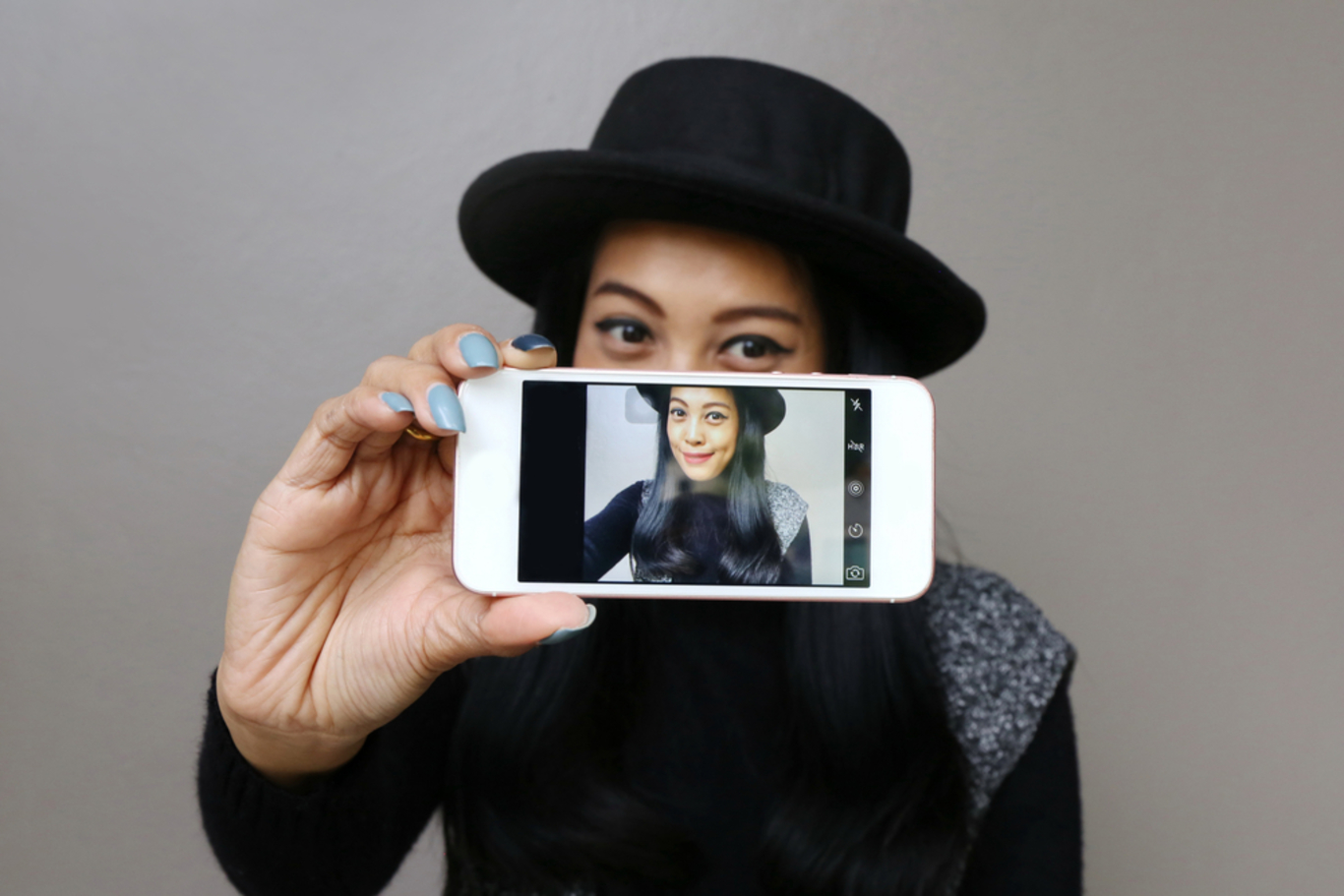There's been a surge in complaints about how Irish 'influencers' are plugging products
The ads watchdog has fielded three times as many complaints so far this year as in all of 2016.
SOME 33 COMPLAINTS have been made to Ireland’s advertising watchdog this year about so-called ‘influencers’ promoting products online – three times the amount made during all of 2016.
Orla Twomey, chief executive of the Advertising Standards Authority of Ireland (ASAI) said this week that a number of the issues raised were currently under investigation. The results of these investigations are due to be published next month.
“It is likely in this area that we will have more adjudications,” she said.
It follows last month’s first ruling on a complaint about a social media influencer, relating to a Snapchat post from Faces By Grace.
In that case, the ASAI neither upheld nor rejected the complaint – although it described the blogger’s snap as potentially misleading for followers. There was a slight increase in complaints after that adjudication was made public.
The initial investigation followed confirmation from the ASAI in January that it had issued new guidelines on the subject, and that it will be keeping an eye on bloggers and online influencers who don’t declare paid-for posts.
Top Irish internet stars can earn up to €3,000 for a single Instagram post.
Twomey said the ASAI may not investigate all of the 33 complaints as some might not relate to marketing communications.
“Some of it is relating to whether or not affiliate links are being disclosed, or if the blog itself is a marketing communication, whether that’s being disclosed. Some relate to posts or snaps on Snapchat, or posts on Instagram.”
She said that the complaints evenly related to both blogs and social media posts, but in the last month there have been increasing references to Snapchat or Instagram.
In April, the USA’s Federal Trade Commission said that it has sent 90 letters to celebrities and social media stars warning them that they need to indicate when their Instagram posts are sponsored by a brand.
Twomey said that the ASAI’s focus up until now has been to try to raise awareness and share information on this issue.
She explained that though the ‘influencer’ area of marketing communication may be new, the rules governing it are not.
“The important thing to remember is that the code is always required. The principle isn’t new, so it’s applying it to a new form of communication.”
The ASAI does not deal with editorial material, but instead “where there is a commercial relationship between an individual and an advertiser”.
“It is important for the ASAI to ensure we are keeping abreast of developments in marketing and advertising communications. Consumers very clearly want to know when they are being advertised to and that the ad is of a high standard,” Twomey said.
She added that there has been a “high degree” of interest among consumers around the issue and that “they are very savvy about it”.
Nevertheless, Twomey said she didn’t believe bloggers and social media stars were deliberately setting out to deceive – rather that it was a new area in which people were learning as it developed.
She added: “As new platforms are developed or adapted there will no doubt be more learning.”
The ASAI has not met individual bloggers yet, but it has talked to the agencies that represent them.
When investigating complaints, the ads watchdog requests comment from both the influencer and their sponsor – and Twomey reiterates that it’s the latter that bears primary responsibility.
“My understanding is there is a huge desire to be compliant and an understanding that it is about brand reputation – it is about the blogger’s own brand reputation, that they don’t damage their own reputation by being seen as not offering full disclosure,” she said.
What’s the guidance for influencers?
Under its guidance note for influencers and bloggers on ‘recognisability of marketing communications’, the ASAI said that its code of standards applies to all commercial marketing communications, regardless of the medium in which they appear.
The guidance says that a marketing communication “should be designed and presented in such a way that it is clear that it is a marketing communication”.
Advertorials should be clearly identified, and the identity of the advertiser, product or service should be apparent.
In relation to social media, the guidance says that “the context of the post or accompanying hashtag may make it clear that it is a marketing communication”.
“However where the context or accompanying # does not make it clear, it is incumbent on the advertiser to ensure that clear guidance is given so that clear ‘flags’ are used, for example #ad.”
It adds that generally material created by individuals “is not considered to be marketing communication, even where it is referencing or reviewing advertisers’ products or services”.
Where the reviewer has not been paid or otherwise induced to write a review, then the material is not marketing communication.
However, if an advertiser has paid the reviewer – directly or in kind – and where the advertiser “has significant control over the content of the review”, then it is likely that the material would be considered a marketing communication, the ASAI’s guidance said.
It also said that when a blogger enters into a commercial arrangement with an advertiser “then they are effectively acting as a publisher and they have a responsibility to indicate to their readers what material is marketing communications material”.
If an advertiser offers free products to a blogger or influencer on the understanding of receiving a positive review, this is considered a marketing communication and should be identified as such.
Late last year, the Public Relations Institute of Ireland said it wanted to devise a set of rules to protect consumers from influencers that failed to disclose advertisement payments.
Written by Aoife Barry and posted on TheJournal.ie






